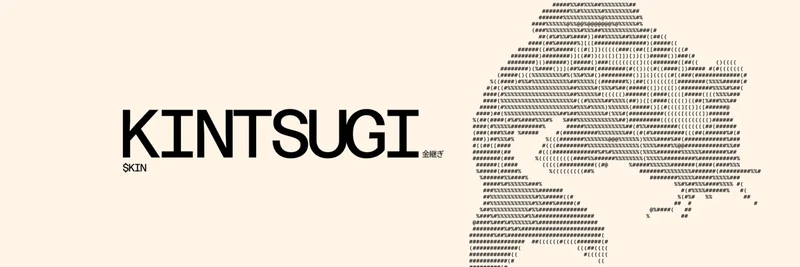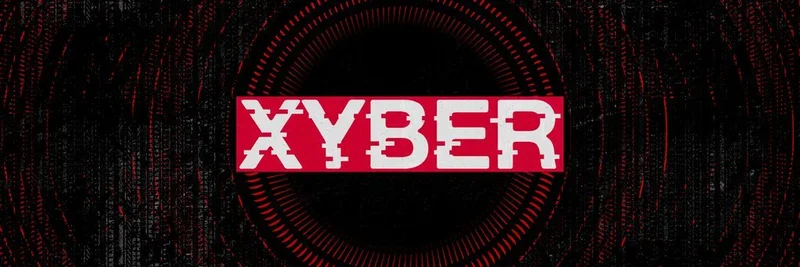TL;DR
- KIN began on Ethereum in 2017 and migrated to Solana in 2020 for faster, cheaper micropayments.
- The official Solana address is kinXdEcpDQeHPEuQnqmUgtYykqKGVFq6CeVX5iAHJq6.
- The BNB Chain contract you provided (0xa5acde05977f92eb643092fe682690e96eba4444) currently does not appear on BscScan, so treat it as unverified.
- If you explore BNB Chain versions (likely bridged/wrapped), verify thoroughly and use analytics tools like GMGN.AI before any trade: https://gmgn.ai/bsc/token/fV1R5sZ5_0xa5acde05977f92eb643092fe682690e96eba4444
What is KIN?
KIN is a digital currency originally launched by Kik Interactive (the team behind the Kik messenger) to power an “attention economy,” rewarding users and creators directly for engagement without relying solely on ads. It’s designed for tiny, frequent payments (micropayments) inside apps and games.
- Launched via an ICO in 2017, raising around $100M. See background on ICOs at Investopedia: https://www.investopedia.com/terms/i/initial-coin-offering-ico.asp
- Started as an ERC-20 on Ethereum: https://ethereum.org/en/
- Migrated primary operations to Solana in December 2020 to gain high throughput, near-instant finality, and low fees: https://solana.com/
- Solana’s 0% net carbon impact aligned with KIN’s sustainability goals.
- Regulatory note: In 2020, a settlement with the U.S. SEC clarified KIN was not required to be registered as a security: https://www.sec.gov/
Official Solana contract: kinXdEcpDQeHPEuQnqmUgtYykqKGVFq6CeVX5iAHJq6
How KIN Is Used
- Micropayments: Frictionless, low-cost transfers between users and creators across integrated apps.
- Kin Rewards Engine (KRE): A developer incentive model that rewards apps for real user engagement and KIN usage.
- App integrations: Independent apps (for example, Code Wallet: https://getcode.com/) use KIN for micro-bills and purchases.
- Community-first governance: No single entity controls the ecosystem; growth is driven by developers and users.
Explore ecosystem activity: https://dappradar.com/ecosystem/kin
About KIN on BNB Chain (BSC)
You asked about the BNB Chain token with symbol KIN at address 0xa5acde05977f92eb643092fe682690e96eba4444 on BSC: https://www.bnbchain.org/en
- Current status: A direct lookup of that address on BscScan (https://bscscan.com/) returns no verifiable results.
- What that means: The address doesn’t map to a confirmed contract at the time of writing. Proceed with caution.
Because the official KIN is native to Solana, any KIN you find on BNB Chain is likely a bridged or wrapped version. Learn more:
- What is a blockchain bridge: https://academy.binance.com/en/articles/what-is-a-blockchain-bridge
- What are wrapped tokens: https://www.investopedia.com/terms/w/wrapped-token.asp
Note on trading access: KIN is not listed on Binance’s centralized exchange. Some users acquire KIN via Web3 wallets and DEXs—these routes may involve bridged assets on various chains. Always verify you’re interacting with the correct contract.
How to Verify a KIN Contract on BNB Chain
Before interacting with any BSC version of KIN:
Start with official sources
- Check the project’s official site, docs, and announcements for any canonical non-Solana contracts.
- Compare token symbol, decimals, and supply details.
Inspect the block explorer
- On BscScan: look for a verified contract, source code, creator, deployer history, and consistent holder/activity patterns: https://bscscan.com/
- Red flags: no source code verification, recent creation by throwaway wallets, or abnormal transfer taxes.
Bridge and wrapper checks
- Confirm the bridge used is reputable and active.
- Verify the wrapped asset is redeemable 1:1 for native KIN on Solana.
Cross-reference communities
- Check official channels, developer repositories, and trusted forums for confirmations.
Use risk tools
- Run security scans, check for honeypots/high taxes, and simulate small test transactions first.
Research and Trading Tools
If you decide to explore the BNB Chain token at your own risk, consider using analytics platforms to vet activity, spot risks, and track liquidity:
- GMGN.AI (BSC KIN page): https://gmgn.ai/bsc/token/fV1R5sZ5_0xa5acde05977f92eb643092fe682690e96eba4444
- Smart money tracking to watch notable wallets
- Real-time alerts and risk checks (honeypots, taxes)
- Cross-chain token discovery and analytics
Also use:
- BscScan for verification: https://bscscan.com/
- Solana tools to validate the native KIN address and activity: https://solana.com/
Reminder: On BNB Chain, KIN will typically be a bridged/wrapped representation. Confirm redeemability and bridge legitimacy before any swap.
FAQs
Is KIN a meme token?
- Historically, KIN is a utility token focused on micropayments and engagement-driven app economies, not a meme-origin asset.
What is the official KIN address?
- Solana: kinXdEcpDQeHPEuQnqmUgtYykqKGVFq6CeVX5iAHJq6
Is there an official BNB Chain KIN contract?
- No official BSC contract has been confirmed by the project. The address 0xa5acde05977f92eb643092fe682690e96eba4444 does not currently resolve on BscScan.
Can I still trade a BSC version of KIN?
- If you find a BSC variant, it’s likely bridged/wrapped. Verify thoroughly and consider analyzing with GMGN.AI first: https://gmgn.ai/bsc/token/fV1R5sZ5_0xa5acde05977f92eb643092fe682690e96eba4444
Bottom Line
KIN’s core economy lives on Solana, where its speed and low fees support micropayments at scale. If you come across a KIN token on BNB Chain, treat it as unverified unless confirmed by official sources. Validate contracts, understand the bridge mechanics, and use analytics before committing funds.


